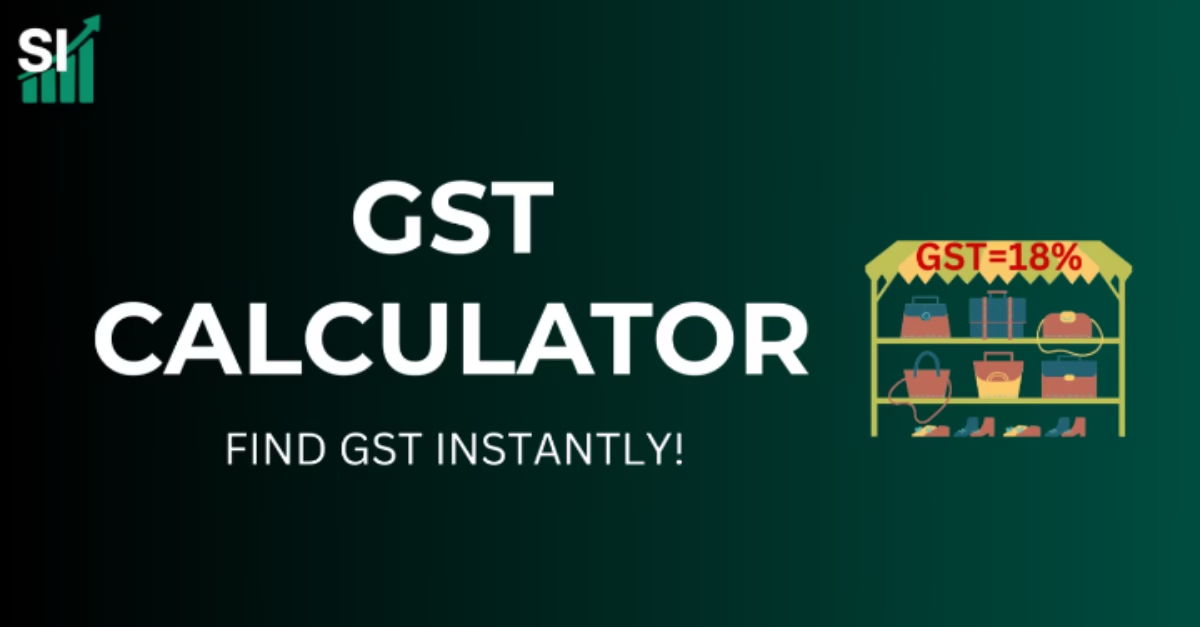GST Calculator
Input
Result
Topics of Discussion
Goods and Services Tax (GST) is one of the most significant reforms in India’s indirect tax system. Introduced on July 1, 2017, GST replaced a complex web of multiple taxes like VAT, service tax, excise duty, octroi, and entry tax with a single, unified tax. This system aims to bring transparency, simplify tax compliance, and eliminate the cascading effect of taxes — meaning you no longer pay “tax on tax.”
Understanding GST is crucial for both businesses and consumers. Businesses need to know the tax component to correctly prepare invoices, file returns, and claim input tax credit. Consumers benefit by understanding how much of what they pay is actual tax versus product value. This is where a GST calculator becomes an indispensable tool.
A GST calculator allows you to quickly compute the GST component and total price of goods and services. Whether you are a small business owner issuing invoices, a freelancer preparing quotations, or a shopper verifying the amount printed on a bill, a GST calculator can save time and ensure accuracy. It can be used for two major purposes: to add GST to a base price (exclusive calculation) and to remove GST from a total price (inclusive calculation).
The GST structure in India is destination-based. This means that the tax revenue is received by the state where the goods or services are consumed, not where they are produced. There are different GST components depending on whether the transaction takes place within a state (intra-state) or between states (inter-state). For intra-state transactions, GST is split equally between the Central Government (CGST) and the State Government (SGST). For inter-state transactions, the Integrated GST (IGST) is levied and collected by the Central Government, which then distributes it to the destination state.
Another key benefit of GST is that it promotes a common national market by making the movement of goods between states smoother. Before GST, businesses had to deal with various state-level taxes, check posts, and paperwork, which led to delays and higher logistics costs. With GST in place, tax compliance is digital, transparent, and uniform across the country.
The GST calculator also helps businesses maintain proper records and stay compliant. Since GST returns must be filed monthly or quarterly, having the right calculation at the time of billing prevents mismatches later. For consumers, understanding GST can help check if the right tax rate has been applied — especially for restaurants, e-commerce transactions, or large purchases like electronics and furniture.
In this article, we will cover everything you need to know about calculating GST — from adding and removing GST to understanding how the tax is split between CGST, SGST, and IGST. We’ll also include easy-to-use formulas, examples with real numbers, and a quick FAQ section to clear your doubts.
Add GST (Exclusive)
This method is used when you know the original price and want to calculate the final price after adding GST.
Formula
GST Amount = Original Cost × (GST Rate / 100)
Net Price = Original Cost + GST Amount
Example
For an item with an original cost of ₹1,000 and 18% GST rate:
- GST Amount = ₹1,000 × (18 / 100) = ₹180
- Net Price = ₹1,000 + ₹180 = ₹1,180
Remove GST (Inclusive)
This method is used when the final price already includes GST and you want to find the original cost and tax amount.
Formula
GST Amount = Total Price - (Total Price × (100 / (100 + GST Rate)))
Original Cost = Total Price - GST Amount
Example
For an item with a total price of ₹1,180 (including 18% GST):
- GST Amount = ₹1,180 – (₹1,180 × (100 / 118)) = ₹180
- Original Cost = ₹1,180 – ₹180 = ₹1,000
How GST is Distributed
The GST you pay is distributed between the central and state governments depending on where the transaction occurs.
Intra-State Transactions (Within the Same State)
- Central GST (CGST): 50% of total GST goes to the Central Government.
- State GST (SGST/UTGST): 50% of total GST goes to the State or Union Territory Government.
Example: GST Rate = 18%, so CGST = 9% and SGST = 9%.
Inter-State Transactions (Between States)
- Integrated GST (IGST): 100% of GST is collected by the Central Government, then shared with the destination state.
Example: GST Rate = 18%, IGST = 18%.
FAQ – GST Calculator
1. What is GST?
GST (Goods and Services Tax) is a single indirect tax that replaced multiple taxes like VAT, Service Tax, and Excise Duty in India.
2. Why use a GST Calculator?
A GST Calculator helps you quickly find the GST amount, original price, or final price. It saves time and avoids manual calculation errors.
3. What are the common GST rates?
Common GST rates in India are 5%, 12%, 18%, and 28%, depending on the product or service.
4. Is GST the same for all states?
Yes, GST rates are uniform across India, but the tax is split between central and state governments for intra-state transactions.
5. Can I use this GST Calculator for business billing?
Yes, you can use it to calculate tax for invoices, quotes, or personal purchases to understand the exact GST component.
Explore More Calculators:
Disclaimer
The GST calculator provided here is for general informational purposes only. While we strive to keep the formulas accurate, users should verify results independently and consult a tax professional or refer to official GST notifications for compliance-related matters.


